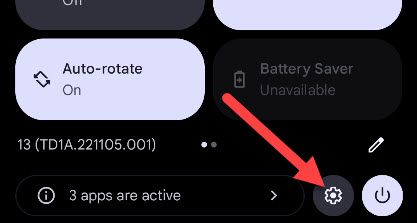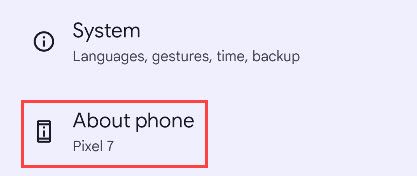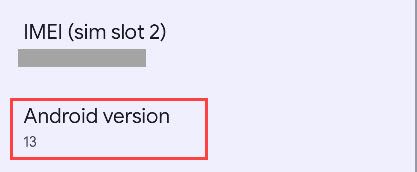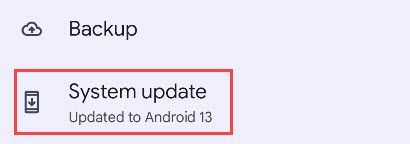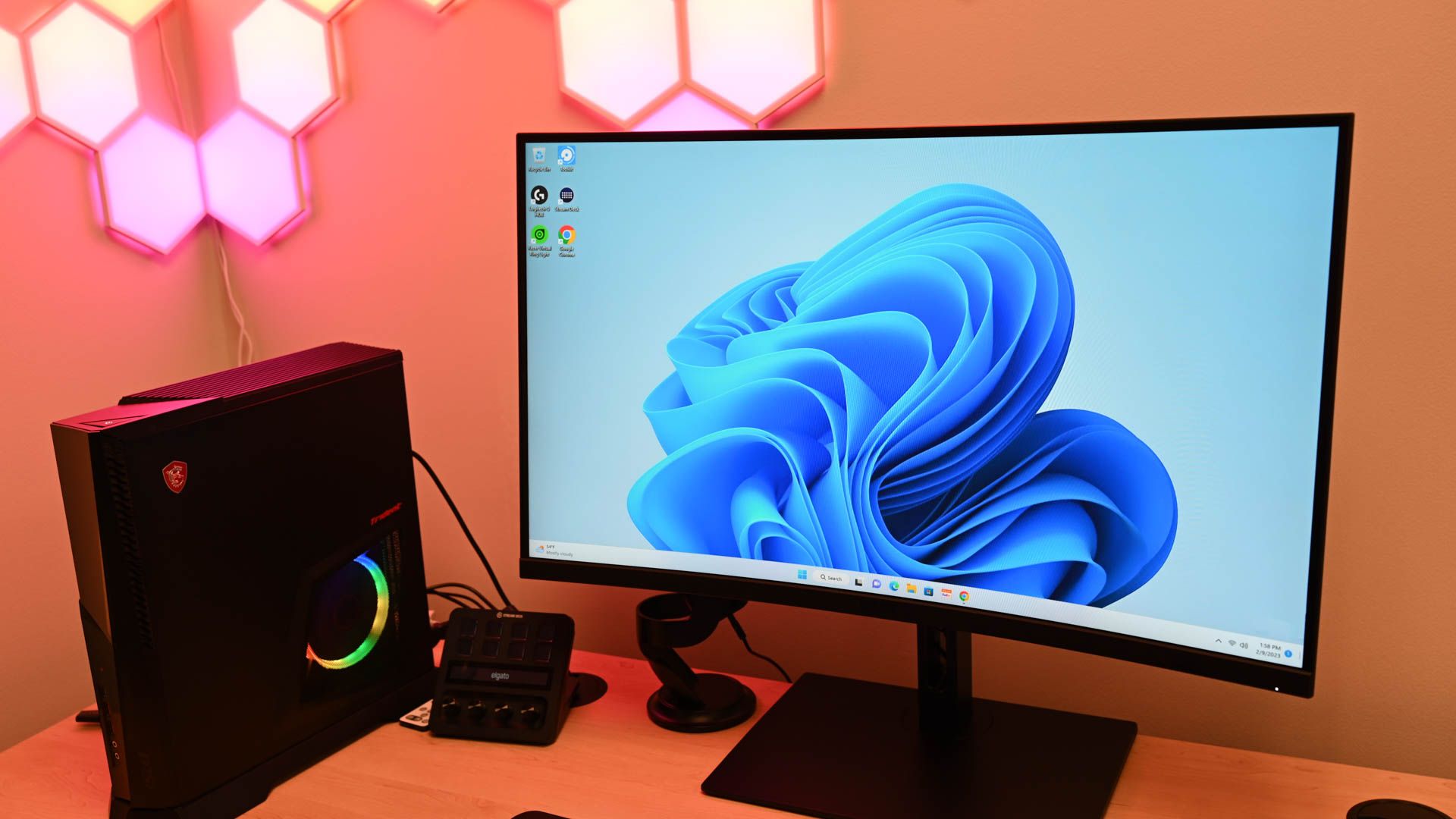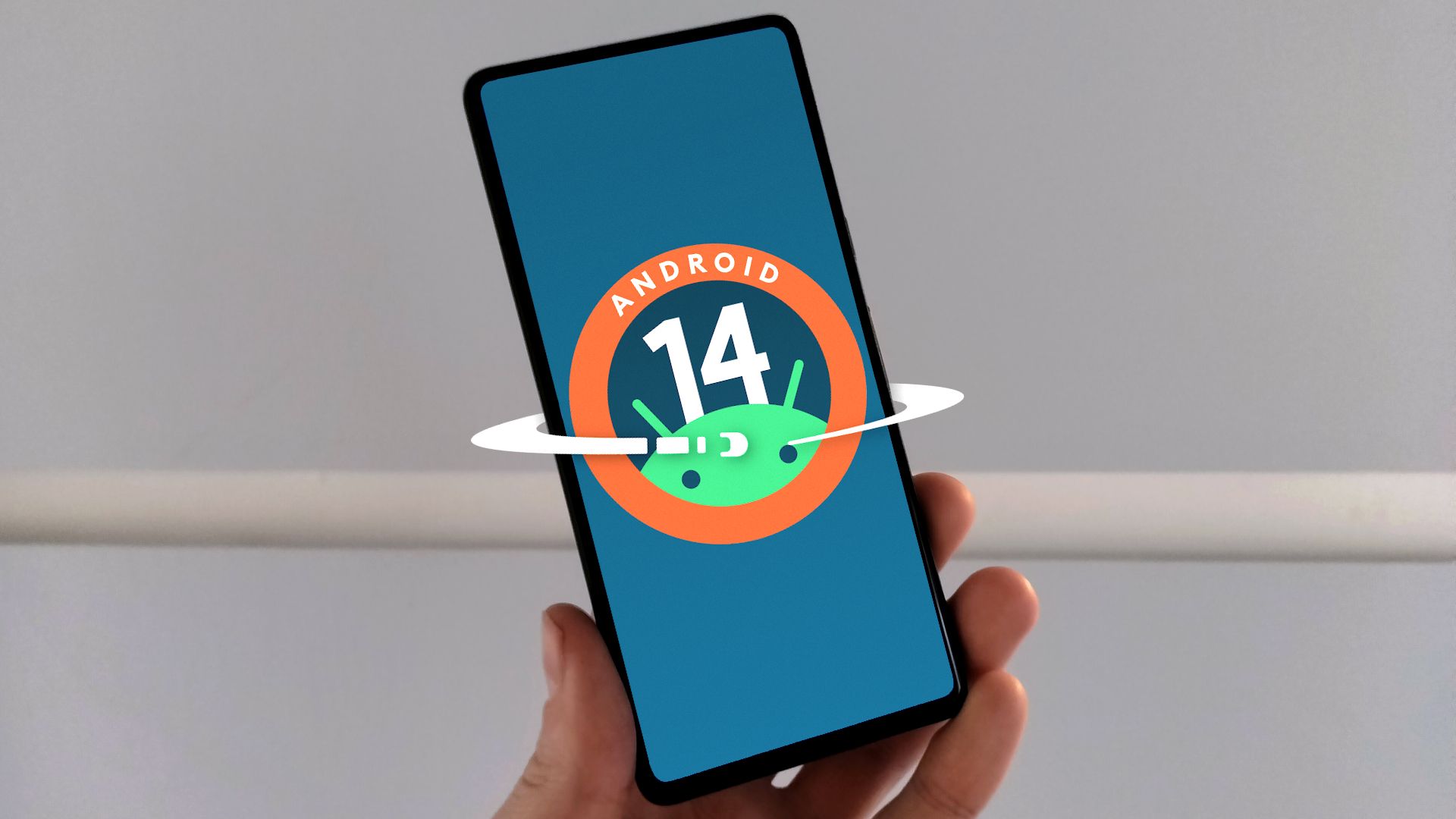
Key Takeaways
- Android 14 is the most recent version of Android. Google released it on October 4, 2023.
Android can be confusing. There are a lot of different versions, and many of them are still running on devices today. Keeping up with the latest version can be a challenge, and you may need a new Android phone to get the latest and greatest version of Android.
Major Android versions are generally released once per year (though it wasn’t always like this), with monthly security updates released in between. Occasionally, Google also releases point updates (.1, .2, etc.), though those generally come without regularity. Oftentimes, more significant updates that aren’t quite as significant as full version releases warrant a point update—like the update from Android 8.0 to Android 8.1, for example.
For many years, every version of Android came with a dessert nickname, which many people used instead of the version number. However, Google ended that practice in 2019 with Android 10.
A Brief Android Version History
We thought it fitting to give a brief rundown of each Android version on the accompanying code name and release date. You know, for completeness.
- Android 1.5, Cupcake: April 27, 2009
- Android 1.6, Donut: September 15, 2009
- Android 2.0-2.1, Eclair: October 26, 2009 (initial release)
- Android 2.2-2.2.3, Froyo: May 20, 2010 (initial release)
- Android 2.3-2.3.7, Gingerbread: December 6, 2010 (initial release)
- Android 3.0-3.2.6, Honeycomb: February 22, 2011 (initial release)
- Android 4.0-4.0.4, Ice Cream Sandwich: October 18, 2011 (initial release)
- Android 4.1-4.3.1, Jelly Bean: July 9, 2012 (initial release)
- Android 4.4-4.4.4, KitKat: October 31, 2013 (initial release)
- Android 5.0-5.1.1, Lollipop: November 12, 2014 (initial release)
- Android 6.0-6.0.1, Marshmallow: October 5, 2015 (initial release)
- Android 7.0-7.1.2, Nougat: August 22, 2016 (initial release)
- Android 8.0-8.1, Oreo: August 21, 2017 (initial release)
- Android 9.0, Pie: August 6, 2018
- Android 10.0: September 3, 2019
- Android 11.0: September 8, 2020
- Android 12.0: October 19, 2021
- Android 13.0: August 15, 2022
- Android 14.0: October 4, 2023
As you can see, the update system was without any sort of regularity early on, but the Ice Cream Sandwich era started the yearly OS version update schedule.
A few other fun notes:
- Honeycomb was the only tablet-specific version of Android, and it ran alongside the Gingerbread build for phones. The separate phone and tablet OSes were then combined starting with Ice Cream Sandwich.
- Ice Cream Sandwich was arguably the most dramatic update to Android to date. It not only combined the tablet and phone versions of the OS, but completely overhauled the look and feel of the system.
- Google initially released developer-focused Nexus devices to highlight each Android version’s power. This eventually evolved into the consumer-focused Pixel device line we have today.
- Android KitKat marked the first time Google teamed up with a commercial manufacturer for an Android release. They did it again for Android Oreo.
The Latest Version of Android is 14.0
Android 14 is the latest version of Android, and it was released on October 4, 2023. It arrived first on Google Pixel phones but was also quickly rolled out to Samsung Galaxy devices as a beta. Phones from OnePlus, Xiaomi, Nokia, and others will eventually follow as well.
Following in the tradition started with Android 10, Android 14 does not have a fun dessert nickname. However, the internal codename for Android 13 was “Upside Down Cake.” It’s a little sad that Google doesn’t use these nicknames publicly anymore.
Similar to Android 12 and Android 13 before it, Android 14 doesn’t have a ton of big user-facing changes—but that’s not a bad thing. There are still plenty of goodies to discover, such as more lock screen customization, emergency satellite communication, and emoji wallpaper.
How to Check Your Version of Android
Checking the version of Android running on your device will vary depending on which company made it, but we’ll show the basic steps here that should apply to most devices.
Go ahead and open your phone’s settings menu by pulling down the notification shade (once or twice, depending on the manufacturer) and then tapping the gear icon.
From there, scroll to the very bottom of the menu and tap the “About Phone” entry (it may also read “About Device”).
There should be an entry for Android Version—again, depending on the device and Android version, it may be different.
How to Update to the Latest Version of Android
The short answer is also an unfortunate one: you might not be able to. The manufacturer of your phone first handles Android updates—so Samsung is responsible for its updates. The only updates handled by Google itself are for Pixel devices.
To see if there’s an update available for your device, head into Settings > System > System Update (or similar). Again, this may be in a different place depending on your phone—Samsung puts the System Updates option in the root of the Settings menu (Settings > Software Update > Download and Install), for example.
Tapping this option will check for an update on the device, but there’s a good chance it won’t find anything. As soon as an update is available for your phone, it generally notifies you of that fact and prompts you to download and install it right then.
The only surefire way to make sure you’ll get the latest version of Android is to buy from the Pixel line. Google updates these phones directly, and they’re generally up to date with the latest major version and security patches.

